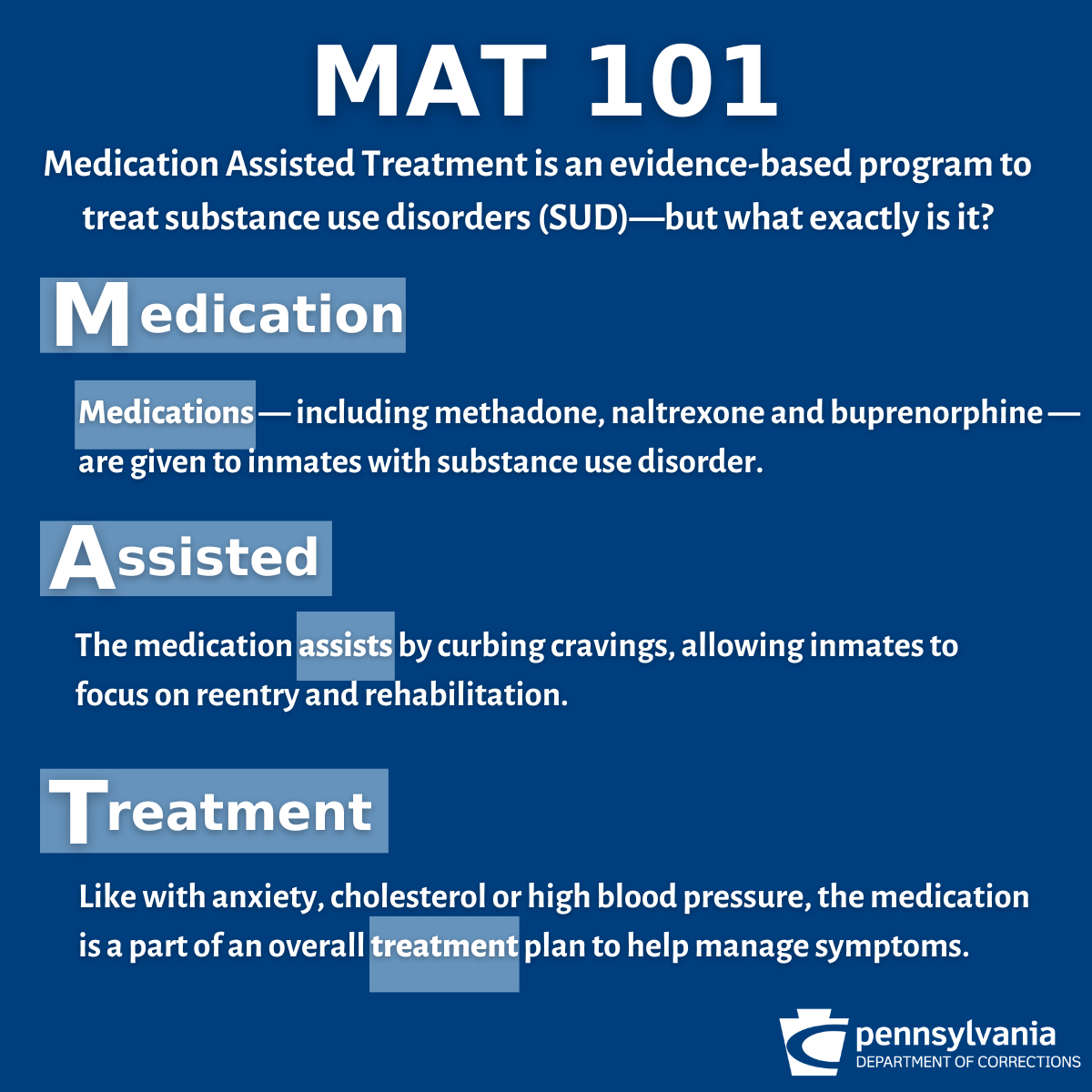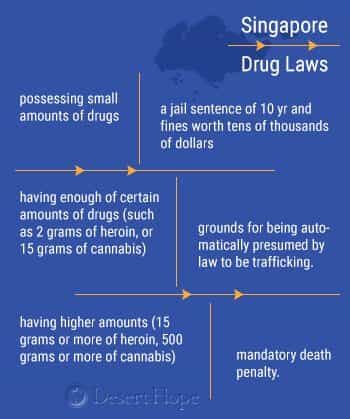Recovery real estate can assist individuals make the shift to an independent lifefor example, assisting them discover how to handle financial resources or look for employment, along with connecting them to support services in the community. Scientific research study considering that the mid-1970s programs that drug abuse treatment can assist numerous drug-using culprits change their attitudes, beliefs, and habits towards substance abuse; prevent regression; and effectively eliminate themselves from a life of substance abuse and criminal activity.
Nevertheless, many culprits do not have access to the kinds of services they require. Treatment that is of bad quality or is not well fit to the needs of transgressors may not be efficient at minimizing substance abuse and criminal habits. In addition to the basic concepts of treatment, some considerations particular to wrongdoers include the following: Treatment must consist of development of specific cognitive abilities to help the offender change attitudes and beliefs that result in substance abuse and criminal offense, such as feeling entitled to have things one's own method or not understanding the consequences of one's habits.
Treatment preparation need to consist of customized services within the correctional center along with shift to community-based treatment after release. Ongoing coordination in between treatment suppliers and courts or parole and probation officers is very important in resolving the complex needs of offenders returning to society. Substance abuse changes the function of the brain, and numerous things can "activate" drug yearnings within the brain.
According to SAMHSA's National Survey on Drug Use and Health, 22.5 million individuals (8.5 percent of the U.S. population) aged 12 or older needed treatment for an illegal * drug or alcohol use problem in 2014. Just 4.2 million (18.5 percent of those who required treatment) got any compound use treatment in the very same year.
* The term "illegal" refers to making use of unlawful drugs, consisting of marijuana according to federal law, and abuse of prescription medications. Drug addiction can be treated, but it's not easy. Addiction treatment need to help the individual do the following: stop utilizing drugs stay drug-free be productive in the household, at work, and in society Effective treatment has numerous steps: cleansing behavioral counseling medication (for opioid, tobacco, or alcohol dependency) evaluation and treatment for co-occurring psychological health concerns such as depression and anxiety long-term follow-up to prevent relapse Medications and https://metro.newschannelnebraska.com/story/42193276/rehab-center-helps-people-choose-the-right-drug-addiction-treatment-facility Drug Abuse Treatment devices can be utilized to manage withdrawal signs, avoid regression, and treat co-occurring conditions.
The Single Strategy To Use For Which Of The Following Is The Most Common Pharmacological Treatment For Addiction?
Nevertheless, many wrongdoers do not have access to the types of services they need. For more details about drug dependency treatment, visit: www.drugabuse.gov/publications/principles-drug-addiction-treatment-research-based-guide-third-edition For details about drug dependency treatment in the criminal justice system, check out: www.drugabuse.gov/publications/principles-drug-abuse-treatment-criminal-justice-populations For detailed guides for people who believe they or an enjoyed one might require treatment, check out: www.drugabuse.gov/related-topics/treatment Easy-to-Read Drug Information on Treatment - Has photos and videos to assist readers comprehend the text.
Center for Behavioral Health Data and Quality (CBSHQ). 2014 National Study on Substance Abuse and Health: Detailed Tables. Rockville, MD: Substance Abuse and Mental Health Services Administration; 2015. Compound Abuse and Mental Health Providers Administration (SAMHSA). National Study of Compound Abuse Treatment Solutions (N-SSATS): 2013. Data on Substance Abuse Treatment Facilities.
HHS Publication No. (SMA) 14-489. BHSIS Series S-73. This publication is available for your use and might be recreated without consent from NIDA. Citation of the source is valued, using the following language: Source: National Institute on Drug Abuse; National Institutes of Health; U.S. Department of Health and Person Services.

Drug treatment is intended to help addicted individuals stop compulsive drug looking for and use. Treatment can occur in a range of settings, take various types, and last for various lengths of time. Since drug dependency is usually a chronic disorder defined by periodic regressions, a short-term, one-time treatment is usually not adequate.

There are a variety of evidence-based methods to treating dependency. Drug treatment can include behavioral therapy (such as cognitive-behavioral therapy or contingency management), medications, or their combination. The specific type of treatment or combination of treatments will vary depending on the patient's individual requirements and, frequently, on the types of drugs they utilize.
What Credentials Should You Look For With Addiction Treatment Facility Can Be Fun For Everyone
Disulfiram, acamprosate, and naltrexone are medications available for dealing with alcohol dependence,1 which commonly co-occurs with other drug addictions, consisting of addiction to prescription medications. Treatments for prescription drug abuse tend to be similar to those for illegal drugs that affect the same brain systems. For example, buprenorphine, used to treat heroin addiction, can also be used to treat dependency to opioid discomfort medications.
Behavioral therapies can assist motivate people to participate in drug treatment, offer methods for managing drug cravings, teach methods to avoid drugs and prevent relapse, and assistance individuals deal with relapse if it occurs. Behavioral treatments can also assist people enhance interaction, relationship, and parenting abilities, as well as household dynamics.
Group treatment can offer social reinforcement and help enforce behavioral contingencies that promote abstaining and a non-drug-using lifestyle. Some of the more recognized behavioral treatments, such as contingency management and cognitive-behavioral treatment, are likewise being adjusted for group settings to enhance efficiency and cost-effectiveness. However, particularly in teenagers, there can also be a threat of unexpected hazardous (or iatrogenic) effects of group treatmentsometimes group members (particularly groups of highly delinquent youth) can enhance substance abuse and thereby hinder the function of the therapy.
Due to the fact that they deal with different aspects of dependency, combinations of behavioral therapies and medications (when available) usually appear to be more efficient than either approach utilized alone. Finally, individuals who are addicted to drugs typically struggle with other health (e.g., anxiety, HIV), occupational, legal, familial, and social issues that ought to be addressed simultaneously.
Psychedelic medications, such as antidepressants, anti-anxiety agents, mood stabilizers, and antipsychotic medications, might be crucial for treatment success when clients have co-occurring mental disorders such as depression, anxiety conditions (including trauma), bipolar illness, or schizophrenia. In addition, many people with serious addiction abuse multiple drugs and need treatment for all compounds abused.
The Greatest Guide To What’s The Difference Between Iop And Outpatient Addiction Treatment?
In a lot of cases, the goal of treatment for drug addiction or abuse is not only to get the individual to stop using drugs but to likewise return the private to a efficient member of society. The objective of drug treatment is to not just to stop compulsive drug seeking and usage however to assist the patient become an operating family member, more capable of becoming used and enhance his/her medical condition.
According to the Workplace of National Drug Control Policy, efficient drug treatment should, at least, result in the following outcomes: Lowered usage of primary drugImprove employment functioningImproved instructional statusImproved social relationshipsImproved general health and medical statusImproved legal statusImproved psychological health status For that reason, to determine the effectiveness of drug treatment programs, the rate of abstinence is not the only element to be considered, but also the performance of the patient in the house, work and in the neighborhood (who needs physician speakers needed to discuss addiction treatment).